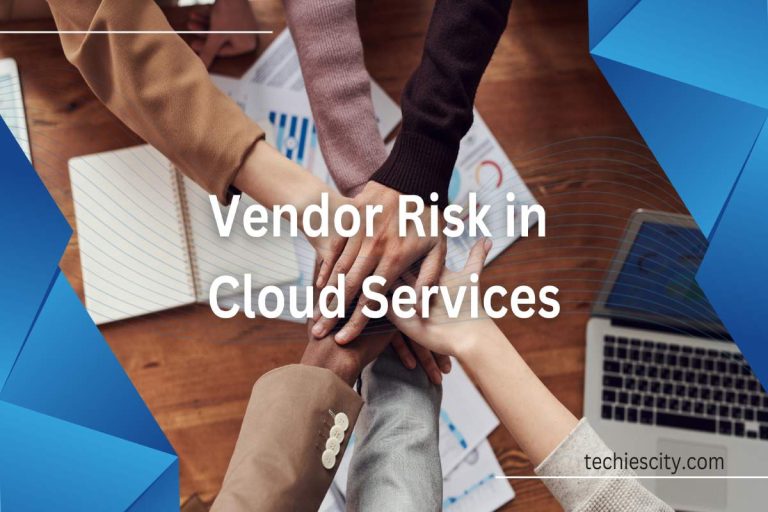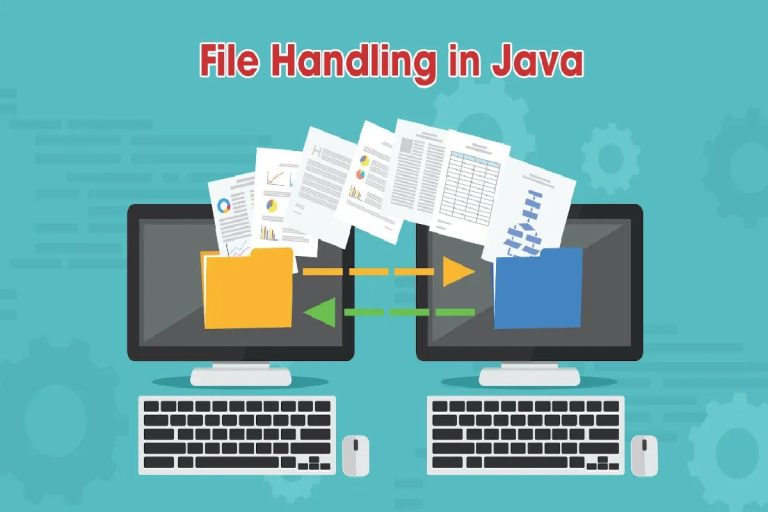In the modern era, businesses constantly seek creative approaches to enhance communication and efficiency. One recent solution that has garnered significant attention is Voice over Internet Protocol (VoIP) technology. By leveraging this technology, businesses can streamline communication systems and improve productivity.
The rise of VoIP technology is completely reshaping business communication, unshackling firms from the confines of standard telephone lines and allowing them to leverage the expansive functionalities of broadband internet for their telecommunication needs.
This groundbreaking innovation enhances communication efficiency and opens new seamless connectivity and collaboration possibilities. This switch provides increased flexibility and innovative features that improve business operations.
The world of VoIP is ever-evolving, leaving countless systems for users to choose from. But what sets a VoIP business phone system apart from the rest?
Unique features in top-rated services significantly improve digital conversations no matter how far apart colleagues are. Here are four key features when choosing a VoIP business phone system.
Table of Contents
Phone Numbers
A crucial feature of any VoIP system is the ability to provide virtual and local numbers. Virtual numbers allow you to have a phone number from any location, regardless of where your company is physically located. This feature can benefit your target customers in specific regions or countries.
Local numbers, on the other hand, give your business a community presence, even if you operate internationally. Customers often prefer dealing with local businesses, so having a local number can build trust and increase customer engagement. Therefore, check whether your potential VoIP provider offers these options.
Call Forwarding
Call forwarding is another vital feature of a reliable VoIP system. This feature enables incoming calls to be redirected to different devices or numbers, ensuring no call goes unanswered. It can be beneficial for remote teams or businesses with multiple locations.
With call forwarding, your employees can answer calls from their laptops, smartphones, or tablets, wherever they are. This flexibility improves customer service and boosts productivity, as employees won’t be tied to their desks waiting for calls.
Text Messaging
In today’s fast-paced business environment, quick and efficient communication is critical. A VoIP system with text messaging capabilities can be an asset. This feature lets your team send and receive SMS messages directly from their VoIP phone numbers. This capability can be handy for quick updates, appointment reminders, or answering simple customer inquiries.
Call Routing
Lastly, intelligent call routing is a feature that can drastically enhance your business operations. This feature, known as automatic call distribution, directs incoming calls to the most appropriate department or person based on predefined rules. For instance, it can route calls based on the time of day, caller ID, or the nature of the inquiry.
This feature ensures efficient handling of calls and improves customer satisfaction. Customers won’t have to be transferred multiple times before reaching the right person, making their experience with your company smoother and more enjoyable.
4 Features To Look For In a VoIP Business Phone System – In Summary
When choosing a VoIP business phone system, consider these four features: virtual and local phone numbers, call forwarding, text messaging, and intelligent call routing.
Implementing these features can significantly enhance business communication, elevate customer service, and boost productivity. Selecting the right VoIP system can revolutionize your business, so choose wisely.








